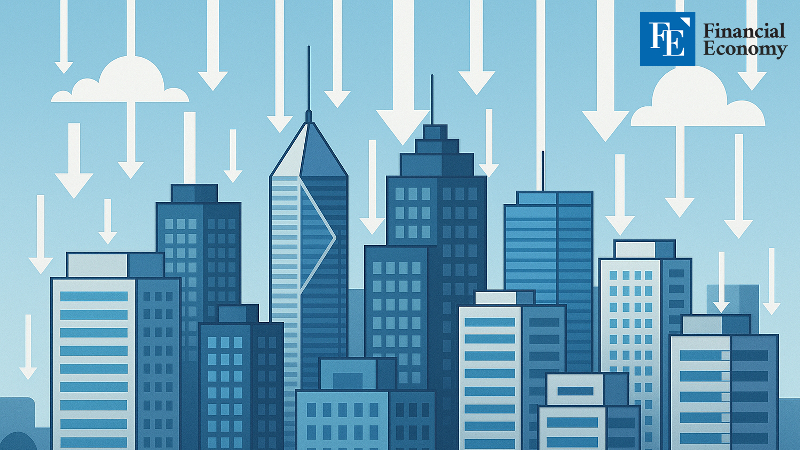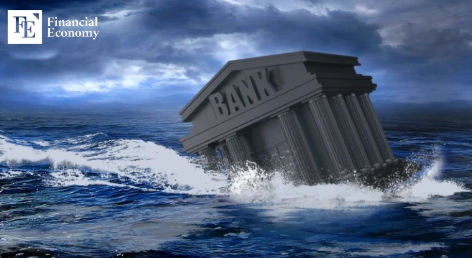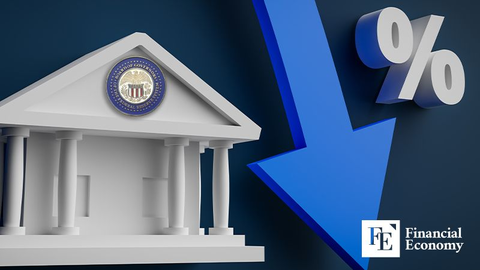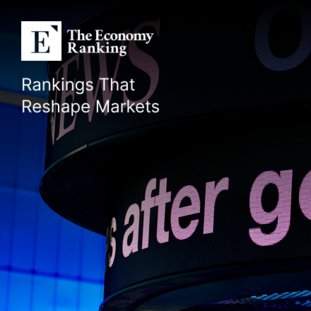"Zombie Buildings Are Increasing" — Commercial Real Estate Is Eroding the U.S. Economy
Input
Modified
"Commercial Real Estate in the U.S. Shunned as It No Longer Generates Profits" Buildings in Major Cities Sold Off at Bargain Prices Banking Sector Groans Under the Weight of Real Estate-Driven Bad Debt Risks

The American commercial real estate market, once a symbol of economic vitality, now faces one of its deepest crises in decades. Vacancy rates have soared since the COVID-19 pandemic, leaving towering office blocks eerily empty and downtown skylines marked by abandoned buildings. Investor confidence is evaporating, setting off a financial domino effect that threatens broader economic stability. Particularly in major cities like Manhattan and San Francisco, properties that once commanded premium prices are now flooding the market at heavily discounted rates, unable to maintain their former valuations. As this structural unraveling unfolds, experts warn that the economic consequences could be long-lasting, dragging down not only real estate but the banking sector and local communities as well.
Abandoned U.S. Office Buildings
On April 27 (local time), The Wall Street Journal reported that U.S. commercial real estate is facing an accelerating crisis, as private equity fund owners pull out of office investments and lenders holding Commercial Mortgage-Backed Securities (CMBS) engage in bitter disputes over property control. Many buildings are left in a prolonged state of vacancy, eroding the surrounding neighborhoods and disrupting local economies. The sharp decline in demand for commercial spaces, triggered by the pandemic's shift to remote work and digital operations, has led to an ominous cycle: property owners incur losses, withdraw investments, and leave behind decaying infrastructure.
A vivid illustration of this trend is the case of a large office tower in Chicago’s River North district. After private equity giant Blackstone exited its investment two years ago, the building slipped into financial turmoil, failing to attract enough tenants to stabilize its operations. Documents obtained by The Wall Street Journal and accounts from insiders reveal that prominent lenders such as PIMCO and Oaktree Capital fiercely contested ownership rights over the building for nearly a year. Despite efforts to find a buyer, the building remains unsold amidst deep financial uncertainty, and tenants continue to vacate, further exacerbating the building's deterioration.
Industry experts argue that for these so-called "zombie buildings," recovery will be exceptionally challenging. Most creditors who temporarily gain control are reluctant to invest in costly renovations or modernizations necessary to meet evolving tenant demands. Leah Overby, Head of CMBS Research at Barclays, stressed that "zombie buildings will continue to cast a shadow over the entire office market for the next few years," noting that repositioning properties to match tenant expectations will require significant time and investment. As buildings sit idle and deteriorate, their negative impact spreads outward, weighing heavily on their surrounding communities.
A Surge in 'Fire Sales'
As financial strains deepen, a growing number of commercial properties are being sold at fire-sale prices. Owners unable to withstand plunging rental income and mounting debt are offloading buildings at steep discounts, accelerating the market's downward spiral.
One striking example is the 1740 Broadway building in Manhattan. Blackstone had purchased the property in 2014 for $650 million, but in May of last year, it was sold for just $186 million — a staggering 70% loss. Similarly, in June, a 10-story commercial property located in the heart of Manhattan that was valued at around $153 million in 2018 changed hands for less than $50 million, illustrating the sheer magnitude of value destruction gripping the sector.
The situation is just as severe elsewhere. In July last year, a 23-story building at 135 West 50th Street in Midtown Manhattan — once a prime location near Times Square — was auctioned off for a mere $8.5 million. Remarkably, the building had been valued at approximately $332 million as recently as 2006, representing an almost complete collapse in value over less than two decades.
San Francisco, long considered a crown jewel of the American commercial real estate market, is witnessing similarly dramatic declines. In June, the landmark 16-story building at 995 Market Street sold for just $6.5 million, a jaw-dropping 90% drop from its 2016 value of $62 million. The 1455 Market Street complex, formerly home to tech giants like Uber and Block (formerly known as Square), has also seen its valuation collapse by around 80% compared to its peak.
The fire-sale phenomenon underscores the depth of the commercial real estate crisis. Buildings once considered prestigious assets are now liabilities, and owners desperate to cut their losses are flooding the market with discounted properties, creating an environment where value destruction begets more value destruction.

Fears of Major Bank Failures Grow
As the commercial real estate downturn intensifies, its ripple effects are increasingly shaking the banking sector. The risk of widespread loan defaults looms large, raising fears of systemic instability. Following the pandemic, investors had flocked to the commercial property market, taking advantage of the historically low-interest rates to finance massive acquisitions. However, the Federal Reserve's aggressive interest rate hikes have drastically changed the landscape, saddling property owners with higher borrowing costs that many can no longer afford to bear.
Real estate advisory and brokerage firm Newmark estimates that between this year and 2026, approximately $2 trillion worth of U.S. commercial real estate loans will reach maturity. Alarmingly, nearly $929 billion of that total needs to be either repaid or refinanced within this year alone. Compounding concerns, Newmark warns that about $670 billion worth of maturing loans within the next three years are classified as "potentially problematic" — loans at risk of default.
Barry Gosin, CEO of Newmark, highlighted the brewing storm, stating, "Banks are going to come under pressure due to the downturn in the real estate market." He described the emerging crisis as being at the "early stages" of what could become a major financial reckoning. Gosin further noted that following the 2008 financial crisis, regulatory reforms had tightened lending standards. However, the sheer magnitude of outstanding commercial real estate debt now means that some lenders will have to urgently explore strategies such as securitizing their loans or reducing their real estate exposure in order to mitigate mounting risks.
The fate of the U.S. commercial real estate market — and the banks that supported its explosive growth — now hangs in a delicate and dangerous balance. As zombie buildings multiply and fire sales escalate, the risk of a full-scale financial contagion is no longer a distant threat, but a growing reality that demands urgent attention.





















